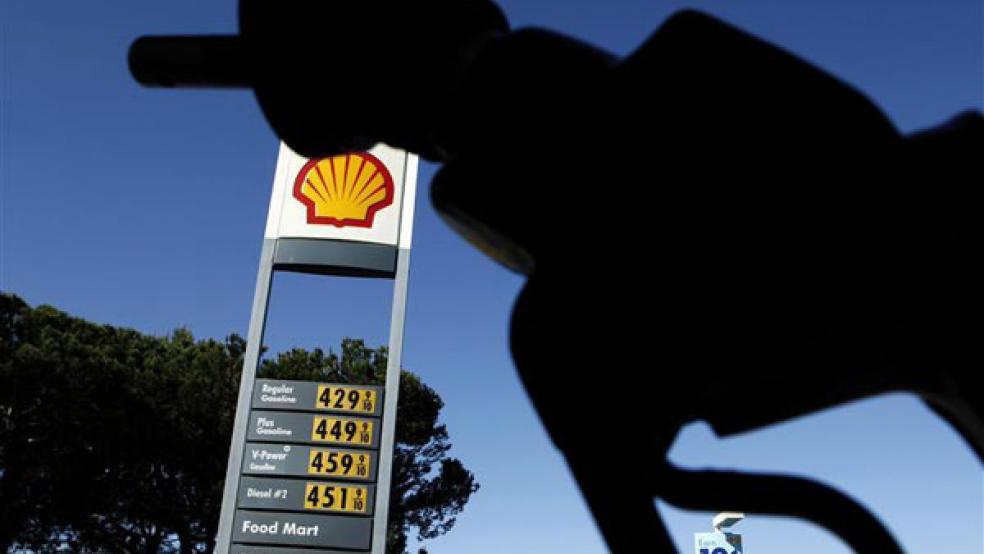Gross domestic product fell at an annual rate of 0.9% in the second quarter, the Bureau of Economic Analysis announced Thursday in its preliminary analysis of the April-June period, sparking fresh worries that the economy may be tipping into a recession.
The second-quarter contraction was driven by a slowdown in consumer consumption, a drop in business inventories and a substantial decline in gross private investment. Government spending fell, as well, at both the federal and state and local levels.
Inflation played a major role, as well. In addition to battering consumers and businesses alike, inflation consumed all of the nominal growth during the quarter as prices grew faster than consumption. Without adjusting for inflation, in purely nominal terms, GDP grew at a 7.8% annual rate, the BEA said.
Recession or not? The economy has now contracted for two quarters in a row, satisfying an informal – though by no means definitive – rule of thumb that defines a recession as two quarters of negative growth. As countless economists and journalists have reminded us, though, the group that formally declares when a recession occurs, the nonprofit National Bureau of Economic Research, considers a variety of factors when determining the incidence of a recession, with quarterly growth one key factor among several others. For example, the experts also look closely at the labor market, which continues to be quite strong and is not pointing toward recessionary conditions.
“The back-to-back contraction of GDP will feed the debate about whether the U.S. is in, or soon headed for, a recession,” Sal Guatieri of BMO Capital Markets said Thursday. “The fact that the economy created 2.7 million payrolls in the first half of the year would seem to argue against an official recession call for now.”
This line of thinking has considerable support among many economists, as well as officials at the White House. Although their motives may be decidedly mixed, Biden administration officials have pushed back against talk of recession in the days leading up to the release of the GDP report, and on Thursday they pushed back once again.
“We should avoid a semantic battle” over the meaning of the word recession, Treasury Secretary Janet Yellen said at a press conference. What matters is the overall state of the economy, and whether we are seeing a “broad-based weakening,” Yellen said, adding, "That's not what we're seeing right now.”
President Joe Biden also disputed the idea that the economy is now in a recession. The labor market “remains historically strong, with unemployment at 3.6% and more than 1 million jobs created in the second quarter alone,” while consumer spending continues to grow, Biden said in a statement.
“Coming off of last year’s historic economic growth — and regaining all the private sector jobs lost during the pandemic crisis — it’s no surprise that the economy is slowing down as the Federal Reserve acts to bring down inflation,” Biden said.
What comes next? While there may be reason to doubt that the U.S. is currently in a recession, there is far more uncertainty about where the economy is headed. To ING economist James Knightley, a recession seems likely, if not now, then in the coming months. “Officials will say this isn't a 'real' recession, but with the squeeze on households intensifying, it is only going to be a matter of time,” he said in a note.
Other analysts are less certain, with some emphasizing that the Fed is intentionally slowing the economy in its effort to bring inflation under control, and slowing doesn’t necessarily mean shrinking. “We’re seeing a sharp and necessary deceleration rather than a recession,” said David Mericle, chief U.S. economist at Goldman Sachs. “I wouldn’t say we seem to be in contractionary territory on a go-forward basis.”
For RSM’s Joseph Brusuelas, the economy is teetering on the edge. “While the broader economy is likely not in a formal recession, economic activity in the real economy will remain on a knife’s edge in the near term,” he said in a note. Some parts of the economy are probably contracting already, Brusuelas said, including consumption by lower-income households, big-box retailers and housing.
“The economy contracted for the second consecutive quarter which does meet the conventional definition of a recession even if the formal definition of a recession is not yet met,” Brusuelas concluded. “From our point of view that is immaterial given the energy, inflation and rate shocks currently cascading through the economy, which for many households and firms will feel like a recession.”




